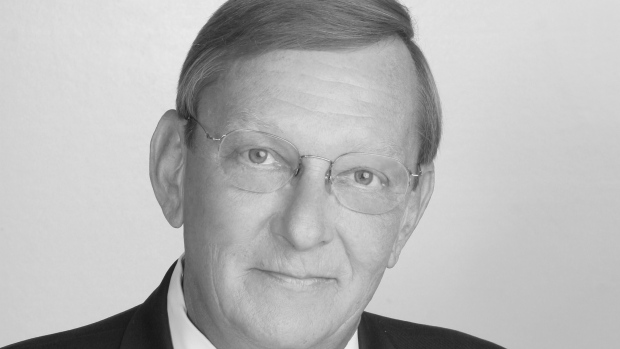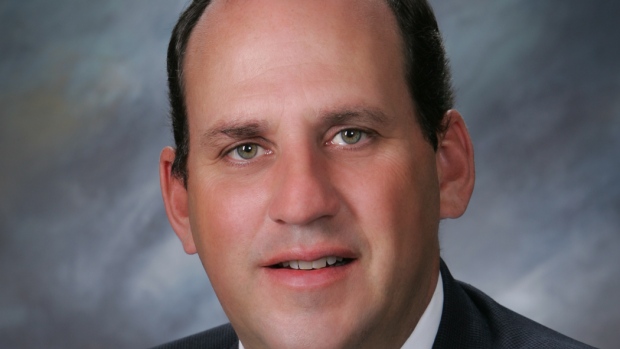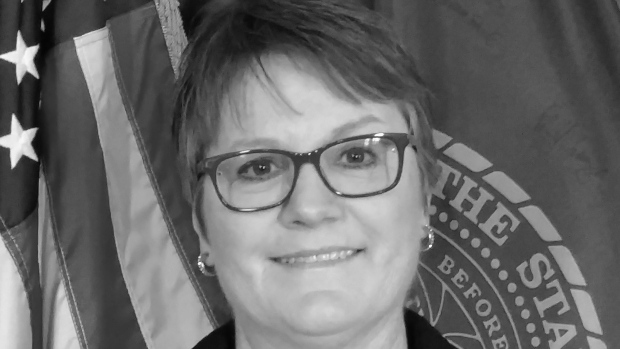Nov 17, 2017
High stakes for Canada’s oil patch as Keystone XL decision looms in Nebraska
The fate of Keystone XL now rests with five relatively unknown Nebraska politicians.
Four Republicans and one Democrat comprising the Nebraska Public Service Commission will decide Monday morning whether to approve the Canadian project’s nearly 450-kilometre route through the state. If approval does come, Calgary-based TransCanada will win the right to turn its almost decade-old proposal into an actual pipeline.
If approval does not come — and possibly even if it does — the Keystone XL saga will likely continue, leaving the future of Canada’s oil sands in limbo.
The burden of proof lies with TransCanada and that burden just got more difficult to bear: early Thursday morning, the original Keystone pipeline spilled roughly 5,000 barrels of crude oil onto a grassy South Dakota field.
TransCanada has often pointed out Keystone’s strong safety record to argue for Keystone XL being in Nebraska’s public interest. Yet even if the project’s Calgary-based backer successfully makes that case to the PSC, opponents will have the right to appeal.
Because Keystone XL is the first oil pipeline being scrutinized under a state law that has not been used since it was passed in 2012, the timeline for any potential appeals process is unclear.
TransCanada, for its part, does not intend on making a final investment decision on whether to proceed with Keystone XL until next month, even as executives who would use the 830,000-barrel-per-day line express support.
WEIGH IN
What’s the biggest threat to Keystone XL’s viability?
In his first public comments since being appointed CEO of oil sands giant Cenovus Energy last month, former TransCanada executive Alex Pourbaix said Wednesday he believes Keystone XL “is an opportunity” that producers “will get behind” if approved.
Nearly five years ago, when he was TransCanada’s lead executive on Keystone XL as president of its energy and oil pipelines division, Pourbaix warned rejection would be a “real tragedy” as producers would end up shipping more crude on trains.
“More rail terminals will be built to fill the capacity gap if Keystone XL is not approved,” he told an investor conference in 2013. “Pipelines are obviously much more cost-effective [and] are statistically safer and more environmentally friendly to transport oil.”
His point on the need for new oil export infrastructure — regardless of whether it comes via new pipelines — remains true today.
More than one million barrels of new daily crude oil production is expected to come online in the oil sands of northern Alberta alone over the next five years, according to estimates from S&P Global Platts and Canada’s National Energy Board. Most of that will come from projects already under construction, meaning even another crash in crude oil prices will not keep those new barrels in the ground.
Much of that extra output was previously expected to reach market via the $15-billion Energy East pipeline, which TransCanada proposed in 2013 after the first of two Keystone XL rejections from then-U.S. President Barack Obama. After President Donald Trump revived Keystone XL during his first days in the Oval Office it became clear even to Canadian pipeline industry veterans that both pipelines were no longer necessary.
“We don’t need as much [pipeline] capacity as we once did,” Patrick Daniel, CEO of Enbridge from 2001 through 2012, told BNN in a January 2017 interview.
TransCanada cancelled Energy East last month. While the company cited regulators’ decision to include greenhouse gas emissions in their review of the 4,600-kilometre pipeline plan as part of its rationale, another aspect of its justification would be simple economics.
“At best, we would expect TransCanada to build Keystone XL or Energy East,” Wood Mackenzie analyst Afolabi Ogunnaike wrote in a research note published in January 2017, “but not both.”
If Keystone XL ends up back in legal limbo next week — either by a rejection from Nebraska’s PSC or opponents’ appeal of an approval — those extra million barrels of Canadian oil production are still coming. While crude-by-rail could handle some of that new output, the per-barrel costs of shipping oil on trains are roughly double the price of pipelines.
Oil sands bitumen is among the most expensive-to-extract crude oil on the planet. In today’s “lower-for-longer” oil price environment, oil sands producers are barely maintaining the narrowest of profit margins.
With Energy East off the table, they need Keystone XL now more than ever.
Nebraska Public Service Commission members:










